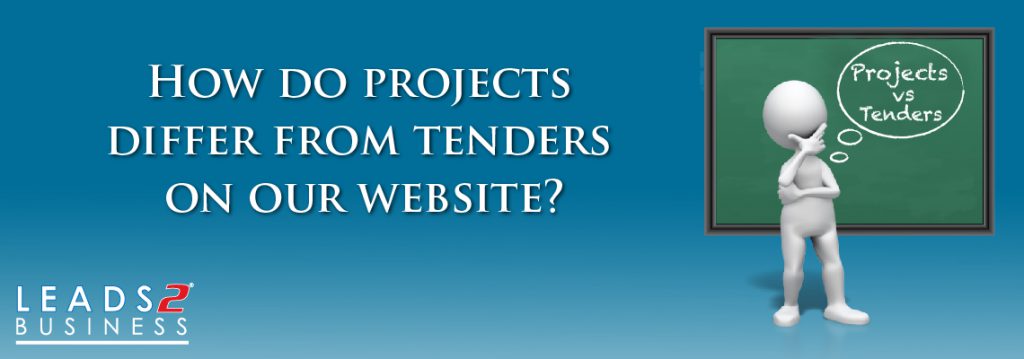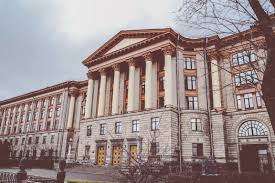
Is it too good to be true…
I see all sorts crossing my desk, when it comes to researching and sourcing tender notices. I see not only the various notifications companies and organisations put out alerting the public to the scams out there, but I also get sent quite a few scams myself. This has inadvertently created a new skill set. And that is, inhouse dodgy tender notice identifier.
Fraudulent tenders and scams involving tenders is not new. It tends to take on various incarnations, and, unfortunately, tends to get more inventive as time goes on. There’s a bizarre combination of old tricks and new tricks. So this misuse of imagination keeps everyone on their toes. It takes learning on the job to a new level.
Scams are not limited to any one type of service or product. It can be anything from supplying wheelie bins to building RDP houses. It doesn’t matter what the service or product is, because it’s just used as bait to lure unsuspecting suppliers and contractors to fall for the scam.
Any procurement process is competitive. And companies have to work hard to take advantage of all the opportunities that come their way. Fraudsters tend to prey on this eagerness, and in some cases desperation. They use a company’s naivity to their advantage as well as greed (to be blatantly honest). Heightened emotions, of any kind, put someone at risk of making a risking decision.
Money is the focus for scammers. They are trying to get as much as they can as quickly as they can as often as they can. So a red flag is any tender deposit that is exorbitantly high. A registration fee of any kind, needs to be questioned.
Has a tender notice or request for quotation shown up unannounced? Unsolicited quotations are very common. There are all manner of electronic procurement systems out there allowing buyers to send RFQs to vendors legitimately. But if you do not recognise the format or who the RFQ has come from, always double check. The way to double check, is to not call any numbers listed directly on the quotation. Look up the switchboard numbers of the organisation and call them directly and this will allow you to get confirmation of the legitimacy or the fraudulent nature of the tender notice/ quotation.
These fraudulent quotations/ tenders tend to also ask for very specific goods or products. Usually, where there’s only one company that can supply the item in question. Be wary of these types of quotations, as they channel you in the direction that the scammer wants you to go.
Did you tender for the contract award that has suddenly shown up in your inbox or doorstep? No? Then it’s most likely a scam. You cannot be awarded a tender you did not submit a tender/ quote for.
You will never be asked to pay, before being awarded a tender.
Is the quotation/ tender notice not only on a “official” looking letterhead, but has a watermark and all manner of crests and coats of arms? Trying too hard to look legitimate and official; then give this a wide berth, and call the organisation and check
Is the email address given, some bizarre derivative of an official organisation’s domain name? Then it’s a scam. Government Departments, Municipalities and legitimate private companies do not have various versions of their own domain names. There’s one official domain name and that’s it. This is a dead give away.
Most of these fraudulent tenders/ quotations are variations of exactly the same advert but with varying dates and slightly different cell phone numbers listed. This repetition stands out. Companies are posting warnings of these scams; so a good Google search can quite quickly confirm whether the tender/ quotation is fake or not.
It might be tedious; double checking and notifying the proper companies of these scams out there, but it helps tremendously in shutting these scammers out by spreading the word.
Once bitten, Twice Shy.
To view more articles, please visit the Leads 2 Business Blog.
If you are interested in becoming one of our subscribers, please visit Leads 2 Business.
To view notes with screenshots on how to use our website, please visit the Leads 2 Business Wiki.
About Claire Donaldson
I started working at Leads 2 Business in February 2005, and have served as Head of Department of Daily Tenders from 2007 until the present. I oversee both the Daily Tenders South Africa and Africa Departments.
- Web |
- More Posts(66)










